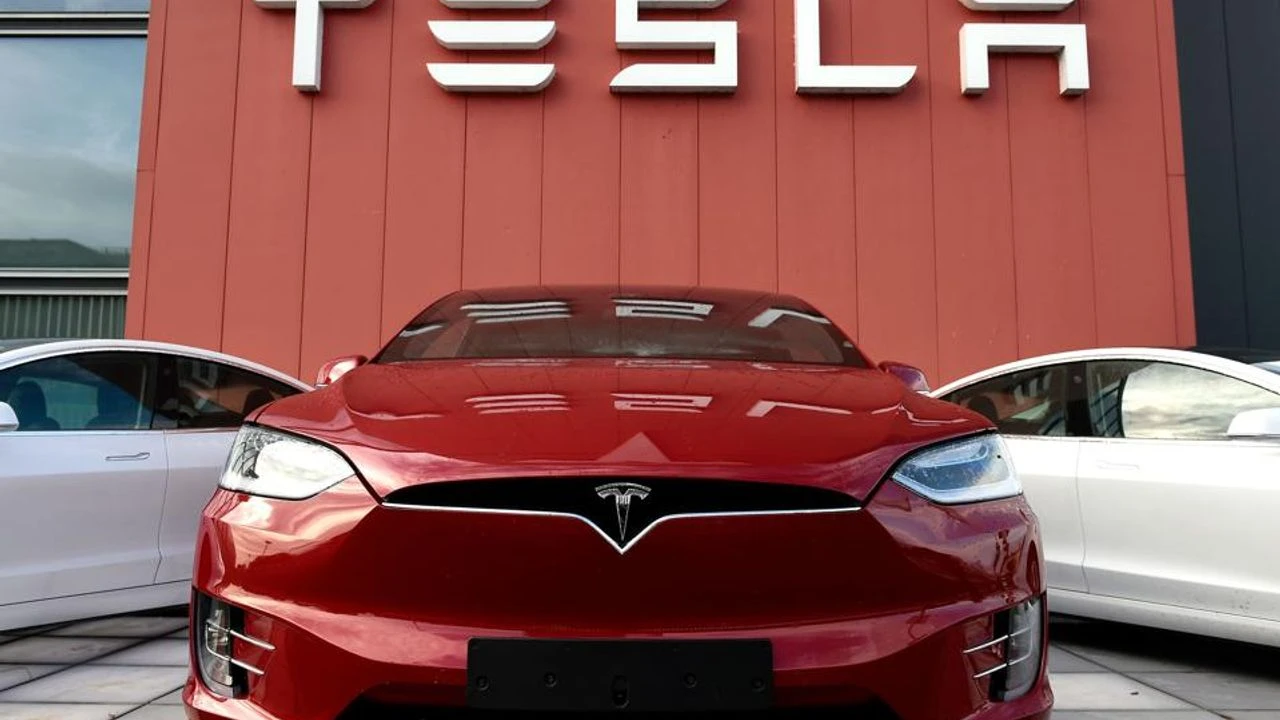
Tesla’s ambitious growth strategy has once again taken center stage with CEO Elon Musk’s recent announcement at a White House event. Musk boldly declared Tesla’s intention to double its electric vehicle (EV) production within the United States over the next two years. This audacious claim, however, is met with both excitement and skepticism, given Tesla’s current production capacity and sales performance. The company aims to reach a remarkable 1.4 million vehicles annually within this timeframe, a significant leap from its current output.
To achieve this ambitious goal, Tesla is banking on a multi-pronged approach that involves introducing new, more affordable models, optimizing existing production lines, ramping up production of the Tesla Semi, and ultimately, launching the futuristic Cybercab. The success of this plan hinges on overcoming several challenges, including supply chain management, production capacity utilization, regulatory hurdles, and, crucially, the successful deployment of fully autonomous driving technology.
One of the key pillars of Tesla’s expansion strategy is the introduction of two new, more affordable electric vehicle models slated for release in 2025. While details about these models remain somewhat scarce, the expectation is that they will be priced lower than the current Model 3 and Model Y, making Tesla vehicles accessible to a broader range of consumers. These new models are planned to be manufactured on the existing Model 3/Y production lines, a move that Tesla believes will allow for full capacity utilization and an additional 200,000 vehicles produced annually. This approach is designed to leverage existing infrastructure and expertise, streamlining the production process and minimizing the need for significant capital investments in new factories.
In addition to expanding its passenger vehicle offerings, Tesla is also placing a significant emphasis on the production of its Tesla Semi truck. Production of the Semi is set to commence at Tesla’s new production facility in Nevada. The company has set an ambitious target of producing 50,000 Tesla Semi units, which would contribute significantly to the overall production increase. The Tesla Semi is designed to be a long-haul, all-electric truck with advanced autonomous capabilities. Its entry into the market could disrupt the traditional trucking industry and further solidify Tesla’s position as a leader in sustainable transportation.
Looking further into the future, Tesla’s growth strategy incorporates the Cybercab, a futuristic, fully autonomous vehicle planned for production in 2026. Elon Musk has expressed optimism about the Cybercab’s potential, suggesting that it could reach an annual production capacity of 2 million units. The Cybercab is envisioned as a shared mobility solution, potentially operating as a robotaxi service. It is designed to be steering wheelless and fully autonomous, relying entirely on Tesla’s Full Self-Driving (FSD) technology.
The Cybercab is expected to be based on Tesla’s next-generation production system. However, questions remain about the feasibility of achieving high-volume production of this vehicle within a short timeframe. The success of the Cybercab hinges critically on the successful development and deployment of Tesla’s FSD technology.
Tesla’s FSD technology is designed to enable full autonomy, allowing Tesla vehicles to navigate and operate without human intervention. However, the technology is still under development and has faced regulatory scrutiny. The fact that Tesla’s FSD technology is not yet fully complete raises concerns about whether the Cybercab’s production timeline and performance expectations are realistic.
Despite the challenges and uncertainties, Tesla’s ambitious production targets underscore the company’s unwavering commitment to growth and innovation. However, achieving the targeted production increase will require a harmonious alignment of several critical factors.
Supply chain management will play a crucial role. Tesla needs to ensure a reliable and cost-effective supply of raw materials and components to meet its production demands. Disruptions to the supply chain, whether due to geopolitical events, natural disasters, or other unforeseen circumstances, could significantly impact Tesla’s ability to meet its production targets.
Production capacity utilization is another key factor. Tesla needs to optimize its production processes and maximize the utilization of its existing and planned production facilities. This requires efficient manufacturing processes, effective quality control, and a skilled workforce.
Market demand is also a critical consideration. Tesla needs to ensure that there is sufficient demand for its electric vehicles to justify the planned production increase. Factors such as government incentives, fuel prices, consumer preferences, and competition from other EV manufacturers will influence market demand.
Regulatory approvals are also essential. Tesla’s plans for autonomous vehicles, in particular, will require regulatory approvals from government agencies. The regulatory landscape for autonomous vehicles is still evolving, and Tesla needs to navigate this landscape effectively to bring its autonomous vehicles to market.
In addition to these external factors, Tesla also faces internal challenges. The company needs to manage its growth effectively, maintain its technological leadership, and attract and retain talented employees.
Tesla’s claims about production increases demonstrate its ongoing growth plans despite recent market fluctuations and competitive pressures. The company faces intense competition from established automakers and new entrants in the EV market. To maintain its leadership position, Tesla needs to continue innovating and improving its products and services.
Elon Musk’s audacious announcement underscores Tesla’s unwavering commitment to its mission of accelerating the world’s transition to sustainable energy. While the challenges ahead are significant, Tesla’s track record of innovation and its ambitious vision suggest that it is well-positioned to continue pushing the boundaries of the electric vehicle industry. The success of Tesla’s plans will have a significant impact on the future of transportation and the global economy. Whether Tesla can truly deliver on this ambitious production increase remains to be seen. It will be a closely watched story over the next two years as Tesla navigates the complexities of scaling its production and bringing its ambitious vision to reality. The company’s success, or lack thereof, will not only shape its own future but also the trajectory of the entire electric vehicle industry.
